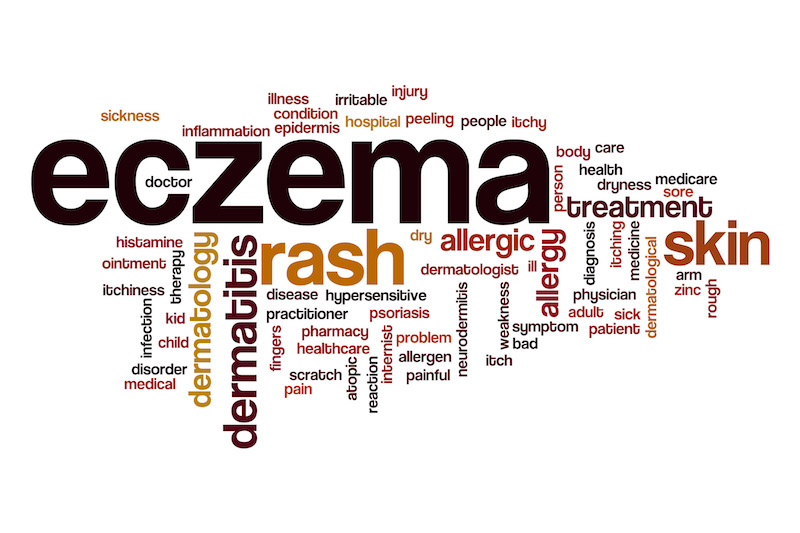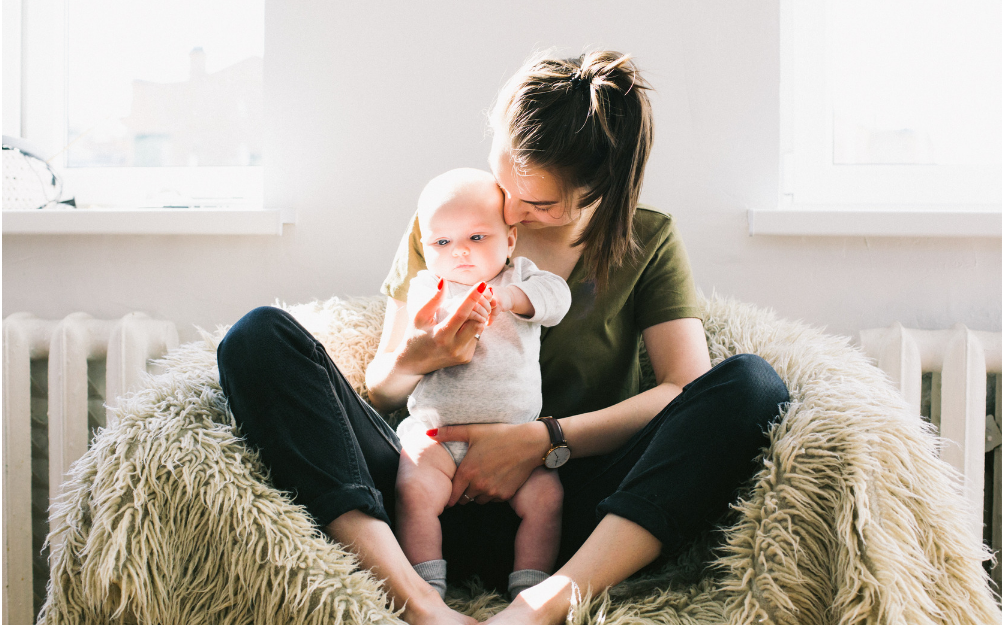How many personal care products do you use per day? Moisturisers, soap, toothpaste, shampoo and conditioners, hair care products, makeup, toners, serums, perfumes… the list can truly go on!
I used to stand in the shower and read the shampoo label over and over and over while my conditioner set in (well… this was before I became super conscious wasting water in the shower!).
While I had no idea what these ingredients were, it didn’t occur to me that some of these might not be safe. That is, until my 4 month old son developed eczema.
I learnt that many ingredients that are allowed in products in Australia and the US are banned overseas. Even some chemicals that may be harmful to health in larger quantities are allowed in smaller quantities. The onus on safety lies with the consumer. However, in Europe they use a precautionary principle. That is, only using when known to be safe.
So, being in Australia, I became *that mum* … you know the one…the label-reader. Standing in the supermarket aisle for AGES, picking up each bottle, cross checking the ingredients, and then putting it back again and moving onto the next. Why? Because although some of these ingredients were allegedly fine in small quantities, the guidelines do not take into consideration use on a smaller child, impaired detoxification pathways, frequency of use, and duration of use.
Kids are smaller with greater surface area to body ratio and a less developed detoxification system. The effects of ongoing and frequent exposure to ingredients in our skin care and personal care products is unknown. While there are safety limits on some potentially harmful ingredients, it is impossible to measure exposure in our kids. Many products like toothpaste, soap and moisturiser (particularly for eczema) are used multiple times per day. High frequency and duration may lead to a build up of chemicals in the body.
One study of Danish children aged 4-9 years old demonstrated significantly greater levels of phthalates and parabens (ingredients typically found in moisturisers) in the urine of kids with eczema as compared with those without [1]. The researchers did not examine the presence of these chemicals remaining in the body.
Recent research examined the use of sunscreen applied to adults without eczema. They applied it regularly over several days as per instructions and normal use. The sunscreen’s active ingredients were found in their plasma, in higher concentrations than the Threshold of Toxicological Concern [2]. Further research is required to investigate the effects of these ingredients on our health. And this is one of the concerns – many of the ingredients in our personal care products have not been tested for safety.
Now, not all ‘chemicals’ are bad. Just because an ingredient might be challenging to pronounce them doesn’t mean it is toxic, e.g. Vitellaria paradoxa = shea butter. However, a long list of ingredients should be a warning sign. Products that have water/aqua in the first few ingredients typically require a preservative to prolong the shelf life. Some of these preservatives can be irritating to skin [3], particularly in those with eczema.
For those with eczema, allergies, sensitive skin, or those who would prefer to use the precautionary principle, it would be wise to avoid the following ingredients which are known skin irritants:
- Diazolidnyl urea
- Parabens
- Dioxins – 1,4-dioxane
- Sodium Laureth Sulfate (SLES) or Sodium Lauryl Sulfate(SLS)
- Polyethylene Glycol (PEG)
- Polysorbates
- Ethanolamides (e.g. cocomide diethanolamine DEA / MEA, triethanolamine TEA)
- Nanoparticles – no legal requirement to list
- Perfumes/Parfum/Fragrance
[3] Some of these ingredients and others have been tested are known to have other detrimental health effects[3]. Looking beyond skin irritants, other personal care ingredients may be potential:
- Allergens
- Carcinogens – potential to cause cancer
- Endocrine (hormone) disruptors –
- Lung irritants
- Neurotoxins, or
- Have the potential to disrupt human skin microbiota
To cross check the ingredients of your personal care products, then head to the Skin Deep Database on the Environmental Working Group website at EWG.org. Some products have been rated for safety, however if you cannot find the product that you use, you can still look up individual ingredients.
If you’re feeling overwhelmed or not sure where to start, it is okay. Here’s three quick tips to get you started:
- If you or your child has eczema, start with the moisturiser – it’s most frequently used and over large surface areas.
- Start where you’re at. Check/remove/replace one product at a time.
- Consider if the product is actually necessary – can you replace it with something safer, or remove it from your routine altogether?
- g. perfume – remove or replace with diluted essential oils
- Remove soap – in those with eczema soap can be particularly irritating and contribute to flare ups. Kids can often go without soap without an issue.
If you’d like further information on how to help your child with eczema, Kiddipedia readers can book in for a complimentary 1:1 call with me. Walk away with some strategies on how you can help your child with eczema. Click HERE to take advantage of this offer.
(Link – https://abc.yourjourneytohealing.net/the-eczema-evolution-limited-offer )
- Overgaard, L.E.K., et al., Children with atopic dermatitis and frequent emollient use have increased urinary levels of low-molecular-weight phthalate metabolites and parabens. Allergy, 2017. 72(11): p. 1768-1777.
- Matta, M.K., et al., Effect of Sunscreen Application Under Maximal Use Conditions on Plasma Concentration of Sunscreen Active Ingredients: A Randomized Clinical Trial. Jama, 2019.
- Mukti, Truth in Beauty. 2018: Mukti Organics Pty Ltd.
You may also like to read:
A day at the beach with Eczema
Eczema Facts by Antonette Golikidis
Moving Beyond the Band-Aid Approach to Eczema









